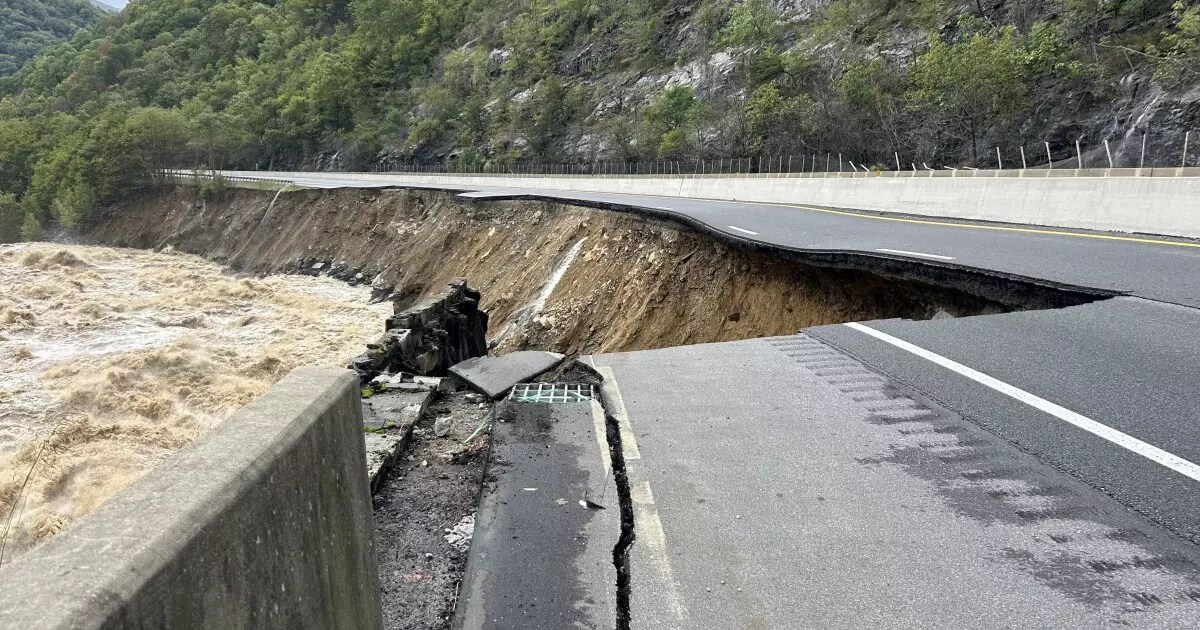The recent announcement concerning President Donald Trump’s proposal to significantly reduce staffing levels at crucial federal programs devoted to natural disaster recovery has raised alarms among analysts and policy experts. By aiming to cut up to 84% of the workforce at the Office of Community Planning and Development, which operates under the Department of Housing and Urban Development (HUD), the administration is potentially setting a precarious precedent for how disaster aid is handled across the nation. This article delves into the implications of these proposed cuts, examining the mechanics of current aid distribution and the broader political and economic ramifications.
The primary sources of federal disaster assistance manifest through two critical programs: the Community Development Block Grant (CDBG) and the Federal Emergency Management Agency (FEMA). These programs function as lifelines for communities grappling with the aftermath of natural calamities. By slashing CDBG staff, the Trump administration risks crippling an already sluggish aid distribution system, compounding the plight of individuals and communities that rely heavily on federal support.
David Victor, a professor at the University of California at San Diego, articulates a fear shared by many experts: that the administration’s strategy—or lack thereof—could serve as a political liability when the next natural disaster strikes. This narrative is not unfounded, as the past mismanagement of disaster response efforts, particularly during Hurricane Katrina, still lingers in public memory. Such historical references elicit profound concerns regarding the ability of state governments and community organizations to fill the impending void left by federal cuts.
One of the underlying presumptions of cutting staff in federal agencies centers on an anticipated increase in efficiency. However, critics argue that the ramification of these cuts may lead to a disorganized and ultimately less effective disaster relief mechanism. Matt Fabian of Municipal Market Analytics warns that a reduction in personnel may result in a slow and error-prone process for grant allocations—issues that are already prevalent in the wake of disasters. The delayed distribution of aid, evidenced by lingering recovery efforts in Puerto Rico following dual hurricanes in 2017, underscores the urgency of maintaining robust staffing levels.
As the statistics show, nearly 66% of the promised recovery aid for Puerto Rico had yet to be disbursed several years after the hurricanes. This continued stagnation does not only affect those displaced by disasters but also creates longer-term economic implications for the affected regions. The local economies struggle to rebuild, with businesses shuttered and infrastructure left in disarray, thus repurposing the slow federal response into a broader economic crisis.
Trump’s assertion that state governments would be better equipped to manage disaster responses raises critical questions about the role of federal oversight. While local governments certainly have intimate knowledge of their communities, the complexities associated with large-scale disaster recovery processes often necessitate the resources and infrastructure offered by federal programs. The logistical challenges of maintaining coherence across state lines during disasters speak to the need for a unified, federally coordinated approach, rather than a fragmented, state-by-state response.
Furthermore, the fiscal demands are substantial. For instance, North Carolina Governor Josh Stein’s recent request for an additional $25 billion in federal aid post-Hurricane Helene indicates that states often find themselves in over their heads when seeking sufficient funds to recover. With the federal government currently doling out relief funds at a glacial pace, cutting down on personnel only threatens to delay future recovery efforts even further.
The consequences of these staffing cuts may extend beyond immediate disaster recovery. S&P Global Ratings has issued caution regarding the credit implications of altering federal disaster assistance programs, suggesting that any reduction could impede investor confidence over the long term. Additionally, a disjointed disaster recovery framework could foster a sense of distrust in governmental institutions, counteracting the social fabric necessary for communities to rebuild effectively.
Amidst the backdrop of rising natural disasters intensified by climate change, the urgency to maintain and possibly enhance disaster recovery frameworks cannot be overstated. Ensuring swift, efficient, and adequately funded recovery efforts is not just a matter of policy but a moral imperative that reflects a commitment to the well-being of American citizens. As discussions of budget cuts and program restructuring evolve, stakeholders must prioritize the resilience of the nation’s disaster recovery systems to foster a secure future in the face of inevitable calamities.


Leave a Reply